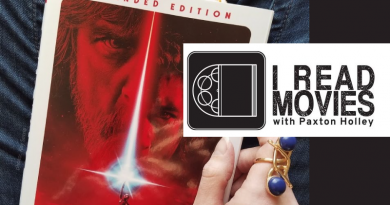Slave Leia Deserves Equal Treatment: Respecting Star Wars Canon
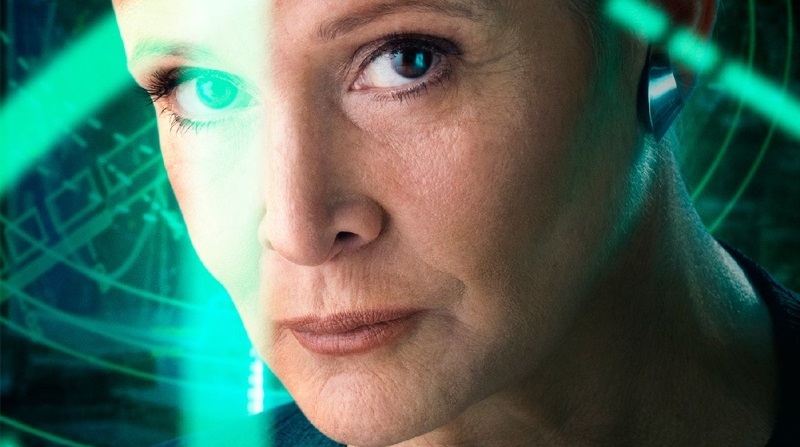 Last week, Making Star Wars pointed to comments made by Star Wars licensed artist J. Scott Campbell on Facebook and suggested the Huttslayer costume is being “retired” by Lucasfilm. From there the story spread from Star Wars fan site mainstays like Club Jade to Mashable. The term “Slave Leia” even trended on Twitter.
Last week, Making Star Wars pointed to comments made by Star Wars licensed artist J. Scott Campbell on Facebook and suggested the Huttslayer costume is being “retired” by Lucasfilm. From there the story spread from Star Wars fan site mainstays like Club Jade to Mashable. The term “Slave Leia” even trended on Twitter.
Daisy Ridley won’t have to fight against anything. Disney is already well on it’s way to wiping out the “slave” outfit from any future products period. You will NOT see and future merchandising featuring the slave outfit ever again. Trust me.
J. Scott Campbell on Facebook
Having written at great length about the empowerment women take from Carrie Fisher’s performance while in the bikini and also the exploitation of the costume for marketing and licensing purposes, these older posts became quite popular again last week. Pingbacks FANgirl received on the topic this week included: Newshustler, anabiyanapps, Virallery, Newscheek, News Yac, and Our Ladies and Gentleman.
It is worth reminding everyone that Leia is the gold standard for strong female heroines, yet she was treated differently than her male counterparts even during the Episode VII cast photo reveal, being denied a last name because of out of universe patriarchal standards. She has since been revealed as General Leia Organa. Anyone spoiled by that? No, I don’t think so.
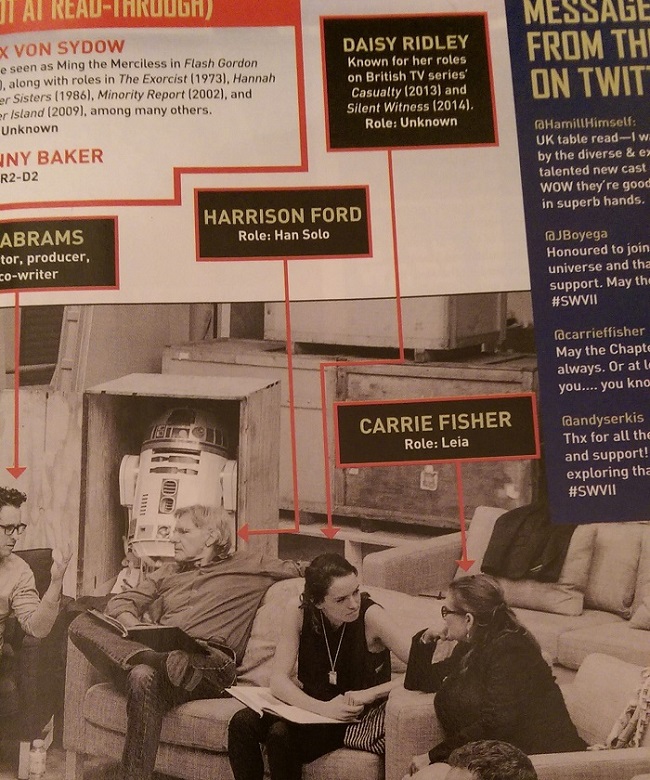 For all that the Huttslayer costume has become an iconic image – one created by Lucasfilm’s own licensing and marketing machine – it is something Leia was forced to wear. In Interview magazine last week, Carrie Fisher told Daisy Ridley, “Listen! I am not a sex symbol, so that’s an opinion of someone. I don’t share that… you should fight for your outfit. Don’t be a slave like I was… You keep fighting against that slave outfit.”
For all that the Huttslayer costume has become an iconic image – one created by Lucasfilm’s own licensing and marketing machine – it is something Leia was forced to wear. In Interview magazine last week, Carrie Fisher told Daisy Ridley, “Listen! I am not a sex symbol, so that’s an opinion of someone. I don’t share that… you should fight for your outfit. Don’t be a slave like I was… You keep fighting against that slave outfit.”
I spoke about this in a recent interview for The Daily Beast:
“The metal bikini was everywhere [at the time of release], and I believe that glorification of the imagery made people, and men in particular, immune to what Leia’s time in the bikini represents,” says Barr. “Despite her later victory in freeing herself, there ought to be nothing sexy about the outfit Leia wears when she is held captive, forced into the role of a dancing girl against her will and assaulted by Jabba onscreen.”
In my piece “Slave Leia Sells? Amy Schumer, Boy Toys and the Star Wars Fandom Double Standard” I noted what Leia accomplishes as a character:
Across her entire arc in the Original Trilogy, Leia’s time as Jabba’s slave is inconsequential to her character. She’s a princess of oppressed people; she’s a rebel leader who can fly a number of vehicles, shoot a blaster with precision, and brief multiple squadrons of pilots. She is also a woman falling in love and willing to risk it all to save the man she gave her heart to. And if that’s not impressive enough, she can mediate with primitive savages, creating an ally for the Rebellion that proves crucial in the destruction of the second Death Star. These are the character arcs that I broke down for my two-page spread on Princess Leia for Ultimate Star Wars.
Given all this, what do I make of Campbell’s comments on the supposed retiring of the metal bikini? Campbell’s style leans toward pin-up artist. I would not be surprised if he has had a few ideas rejected that would have gotten a pass even last year. Does that mean the Huttslayer has been retired? No. What I see happening is the enforcement of the same standard held for Darth Vader. The Sith Lord doesn’t dance; it’s out of character. Despite what some young men raised on the original trilogy believe, Huttslayer Leia wasn’t lying around trying to seduce anyone; that would be out of character. Nor is that within her normal range of attire. If all characters are treated equally, then that means when Leia is presented for licensed material the question should be asked, “Does this truly represent how Star Wars wants this character to be perceived?” Considering that The Force Awakens star John Boyega noted in his Hollywood Reporter interview last week that his own gateway into fandom was through toys, it is all the more important that action figures are policed better than they have been in the past. If Huttslayer is the first – or worse, the only – version of Leia that new fankids see when they begin learning about Star Wars, that does a big disservice both to Leia as a character and to Star Wars as a franchise.
Early on in the Disney takeover, I struggled with the ingrained desensitivity to women as fans and the message being sent by the oversaturation of Huttslayer merchandise and imagery in marketing. Knowing Kathleen Kennedy was in charge and had handpicked a team of six outstanding women and two men for the Story Group, I believed that ultimately the situation could change from The Force Awakens onward. Those changes would come from the story itself. The process leading up to Episode VII has been frustrating at times, with things like the cast photo, the initial Disney Store line roll-out, the Star Wars Rebels New York Toy Fair launch, and the first salvo of adult novels highlighting the patriarchal mindset rooted deep inside Lucasfilm’s own culture and in their merchandising licensees.
A piece in the Guardian that quotes my article “Does Slave Leia Weaken or Empower Women?” highlights the ways the Huttslayer costume muddled the sexual awakening of a strong female character right when they were breaking new ground.
Leia is objectified – but as the woman seeking to free her man, and as the fascinating protagonist running through different outfits and different identities, she’s also the driving subject of the narrative, in a way she almost never is for the rest of the Han-and-Luke focused series.
Slave Leia fascinates the fandom because of sex. But I don’t think it’s just sex. Luke may be leaping around with his lightsaber in the foreground, but the backdrop of the Jabba arc is the Han and Leia romance. What would you do for love? What do you want to do, and who do you want to be, for love? The slave-Leia approach to these issues is clumsy and sexist, but the questions themselves are neither of those things. Almost by accident, Star Wars stumbled briefly into material with some consequence.
Looking at The Force Awakens marketing campaign, from the posters to the teasers, we are seeing something remarkable. In her character poster, Rey is shown with the barest of makeup, freckles, eyebrows that aren’t plucked to perfection, and her hair pulled back yet unruly. She defies beauty norms, yet she is beautiful. Fans are singing praise for Leia’s appearance from the Behind the Scenes reel shown at San Diego Comic-Con to her character poster, which reveals her as the only one without her sight unobscured. Those should be the basis for the toys for the next generation.
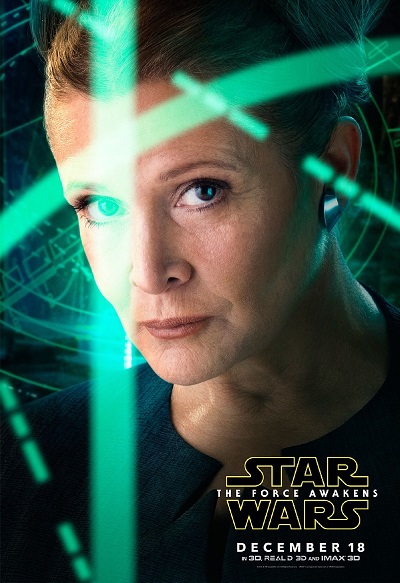
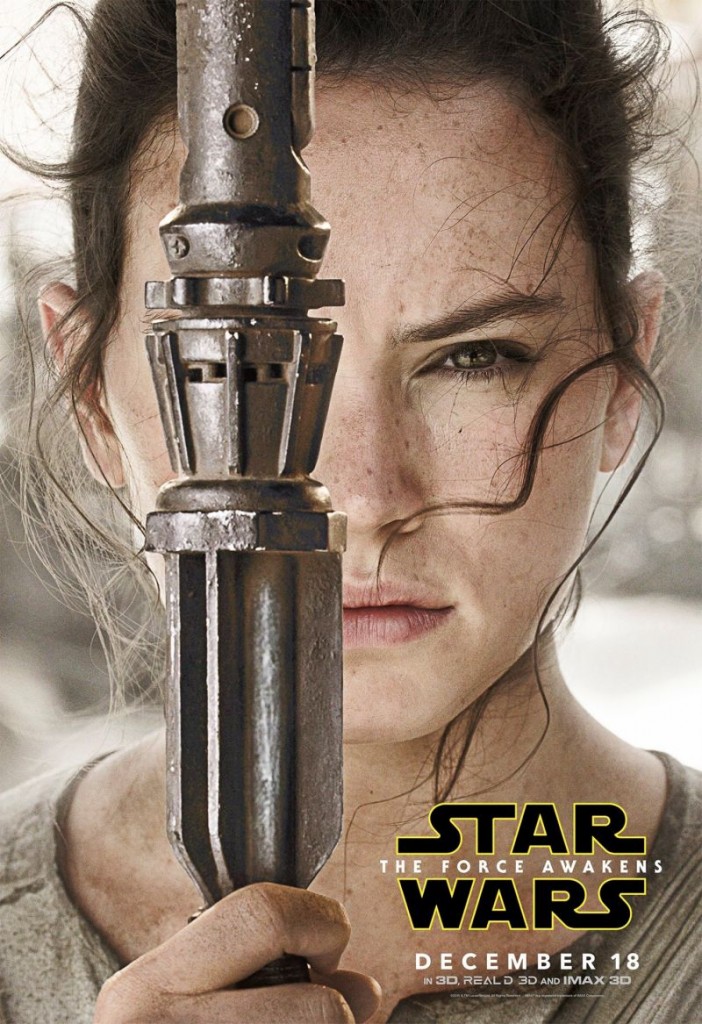
- Hyperspace Theories: Bad Luck Ghorman - June 2, 2025
- Hyperspace Theories: One Year Later as ANDOR Kicks Off Season Two - May 15, 2025
- REVIEW: Tales of the Underworld - May 4, 2025










